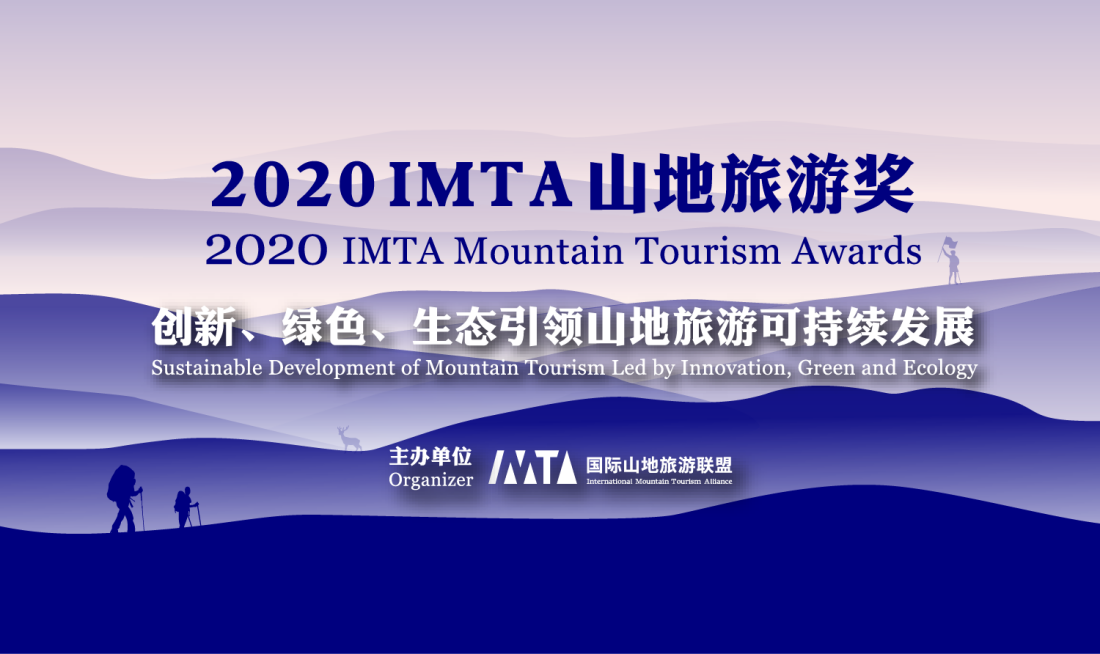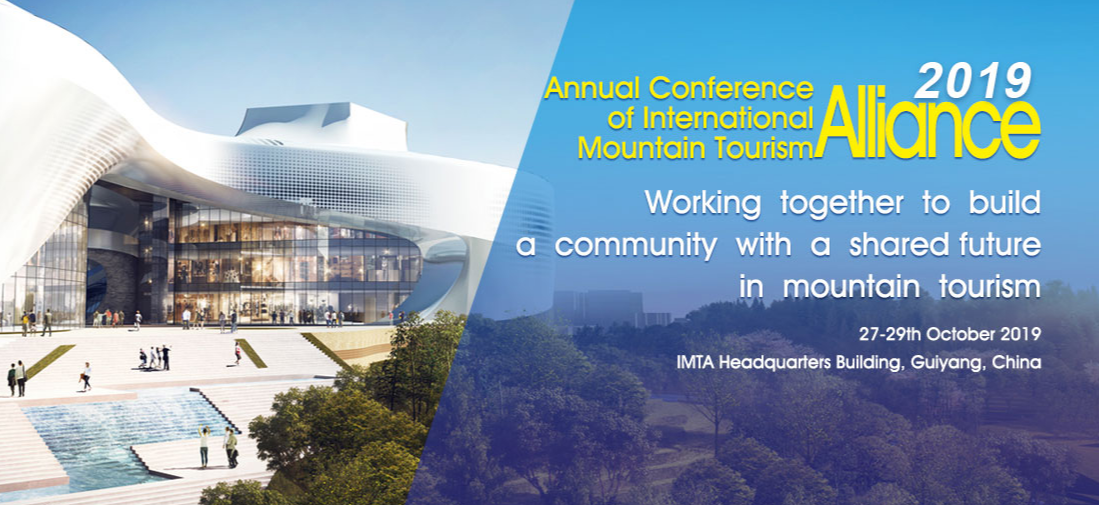As China has actively sought mechanisms for realizing the market value of green products, eco-tourism in the country has embraced new opportunities for development in recent years. Against this backdrop, Keketuohai township in northwest China’s Xinjiang Uygur autonomous region has successfully transformed itself from a small mining town into a characteristic tourist destination.
Photo shows Erqisi River that passes through a canyon of the Keketuohai National Geological Park in Keketuohai township, Fuyun county, Altay prefecture of northwest China’s Xinjiang Uygur autonomous region. (People’s Daily Online/ Yuan Huanhuan)
“Welcome to Keketuohai,” Tan Shengli, manager of the scenic spot of Keketuohai national mine park, part of the Keketuohai National Geological Park, said to tourists, acting as a temporary park guide of the magnificent scenic spot located in Keketuohai township. Tan feels enthusiastic about his job as the scenic spot transformed from an old mining area has made local residents’ lives better.
The small mining town in Fuyun county, Altay prefecture of Xinjiang, gradually developed from a rare metal mine in the 1930s. The No. 3 lode in the township, in particular, had the richest mineral resources among all lodes of the mining area. However, after more than half a century of inefficient opencast mining, the site turned from mountains that were more than 200 meters high into a 250-meter-deep mine pit.
The transformation of the locality started in 2013, when the Keketuohai mining area was listed among the first batch of pilot areas of the country’s independent industrial and mining area transformation and relocation project and Keketuohai township’s ecological restoration officially started.
Over the past years, a number of ecological restoration projects have been completed, including those launched to improve the environment and flood prevention and control in industrial and mining areas and to better the geological environment and enhance debris flow control and restore vegetation in the surrounding areas of the No. 3 lode of the Keketuohai mining area.
Photo shows the No. 3 mine pit of the Keketuohai National Geological Park in Keketuohai township, Fuyun county, Altay prefecture of northwest China’s Xinjiang Uygur autonomous region. The mine pit is 250 meters deep, 250 meters long, and 240 meters wide. (People’s Daily Online/ Yuan Huanhuan)
So far, more than 100,000 trees of various kinds have been planted in relevant areas, adding over 1.5 million square meters of green area to the locality and turning bare mountains green again.
Meanwhile, the No. 3 mine pit, the geological exhibition center, as well as other important sites of the mining area, have been put under good protection. In addition, the Ayiguozi cave, which was abandoned many years ago, has become a tourist attraction after restoration, and the abandoned old factory buildings have also been transformed into a tourism facility.
Thanks to such efforts, the old mining area in Keketuohai has been developed into a new calling card of the locality.
“Today, Keketuohai has straight roads and neat rows of trees, and has increased the income of local residents through the development of tourism. Each local household can earn 20,000 yuan ($3,138) to 30,000 yuan in three months during peak tourist season,” said Tan.
A special exhibition room on the fourth floor of an executive leadership academy for officials of the Communist Party of China (CPC) in Keketuohai township houses various tools and necessities used by the local people for production and living in different historical periods. They were all donated by Bahtibek Kasimhan, a local resident of the township.
In the 1990s, many enterprise employees left Keketuohai township after the mines were closed. Many of their tools and articles for daily uses were then left behind. Kasimhan looked through these articles and collected the ones he considered worth saving in his spare time.
Many production tools are now displayed on the shelves of the exhibition room. Picking up a hammer, Kasimhan told People’s Daily that every miner had one of these when they worked in the Keketuohai mining area. Half of the hammer would be worn away after two to three years of use, he said.
Miners often carried ore from mining sites in the wild to Keketuohai using a leather basket, said Kasimhan, pointing at a leather basket on a wooden stool in the exhibition room. He found the basket in the yard of a miner.
Besides collecting such old objects, Kasimhan also visited more than 100 miners who used to work in the Keketuohai mining area and their family, and recorded their stories. Among the people he visited, there are the first miner of ethnic minority group to join the CPC in the Keketuohai mining area, the first lathe worker of the Kazak ethnic group in the mining area, as well as the first national role model.
“This national role model has attended the celebrations of the third founding anniversary of the new China. Look, that’s the invitation letter,” said Kasimhan, adding that the photos of all the people he visited are displayed in the exhibition room.
In 2015, when the local government renovated the geological exhibition center of Keketuohai township, Kasimhan donated more than 100 old objects he collected to the exhibition center, and started to act as a volunteer guide for tourists.
After the executive leadership academy for CPC officials was inaugurated at the end of 2017, Kasimhan became one of the teachers of the academy, and put the rest of his collections on display at the exhibition room of the academy.
“I hope that Keketuohai and the hardworking spirit of the people in the township will be remembered forever,” he said.














